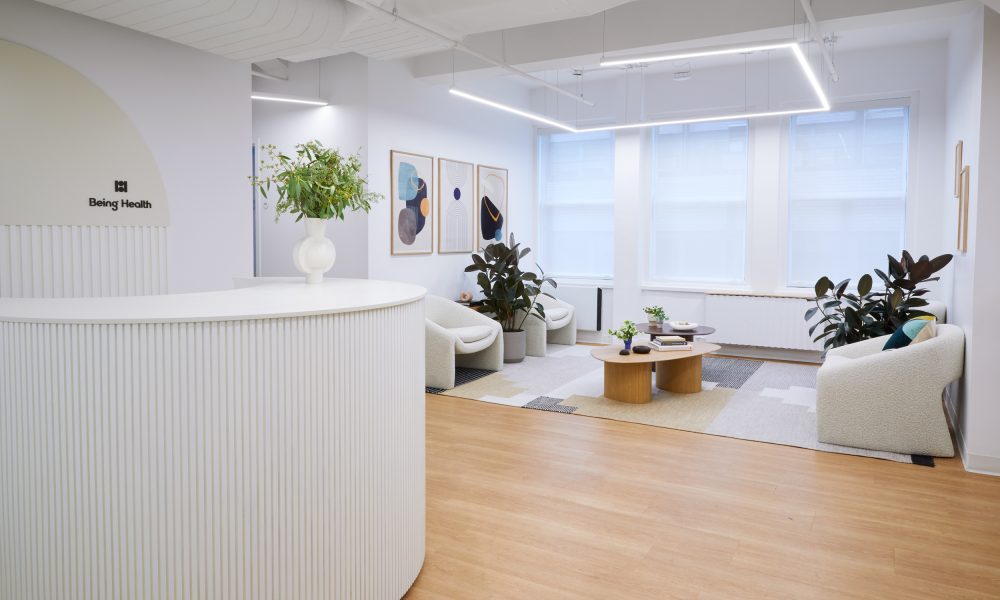With Americans spending over 90% of their time indoors, creating spaces that prioritize wellness and recovery has never been more important. Our living environments shape everything from our energy levels to our mental clarity and even our physical health.
By designing spaces with intention, you can promote relaxation, healing, and overall well-being right at home. It’s not about expensive renovations or high-tech gadgets but thoughtful design choices that cater to your body and mind.
Here’s how to craft indoor spaces that enhance wellness and support recovery.
1. Maximize Natural Light
Sunlight doesn’t just brighten a room; it also boosts mood and regulates the body’s circadian rhythm, helping you sleep better at night. Dim, artificial lighting can leave you feeling sluggish or disrupt your natural energy cycles.
- Keep curtains and blinds open during the day and arrange furniture to take advantage of natural light.
- If your space is naturally darker, consider investing in full-spectrum light bulbs that mimic natural sunlight.
2. Ventilate for Fresh Air
Stale indoor air can harbor toxins, allergens, and even bacteria, harming your respiratory health. A well-ventilated space keeps your air clean and supports overall wellness.
- Open windows and doors daily to refresh the air in your home.
- Add an air purifier to eliminate dust, pet dander, and microscopic irritants.
3. Choose Color Palettes That Soothe
Colors affect mood and emotion. Neutral tones, soft greens, and blues are associated with calmness and clarity, while bold, highly saturated colors can feel overstimulating.
- For a sense of calm, stick to muted earth tones or pastels for walls and large furniture pieces.
- Use bolder colors sparingly, like in accent pillows or artwork, to enhance personality without overwhelming the space.

4. Add Cozy Textures
Soft, inviting textures can promote relaxation and make a space feel more comforting. They also reduce noise levels in a room, contributing to an overall sense of peace.
- Layer soft throws, plush rugs, and textured cushions to create a warm atmosphere.
- Incorporate natural materials like bamboo, linen, or wool for a grounded, organic feel.
5. Designate Zones for Wellness Activities
Your environment should encourage positive habits, like meditation, stretching, or journaling. A cluttered space can overwhelm your senses and hinder relaxation.
- Dedicate a small corner of your home to a “wellness zone.” Add a yoga mat, floor cushions, or a small table for candles and a journal.
- Arrange furniture to allow for clear walking paths and an open, breathable layout.
6. Optimize for Ergonomics
Comfort plays a vital role in recovery, especially for those working from home or dealing with physical strain. Poor posture from ill-fitting chairs or desks can lead to pain and tension.
- Invest in ergonomic furniture, like an adjustable office chair or supportive cushions.
- Adjust computer screens to eye level to reduce neck strain.
7. Bring Nature Indoors
Plants improve air quality by filtering out toxins and releasing oxygen. They also have grounding, mood-boosting effects that reduce stress and foster a connection to nature.
- Choose low-maintenance plants like snake plants, pothos, or succulents to brighten your space without adding stress.
- Place plants near windows for better lighting and visual synergy with the outdoors.
Conclusion
Designing indoor spaces for wellness doesn’t require a massive overhaul; small, intentional changes can make a big difference. By letting in natural light, incorporating soothing colors and textures, and planning for functional wellness zones, you can cultivate an environment that helps you recover, recharge, and thrive. Start reshaping your home today and watch its impact on your body and mind grow over time.



